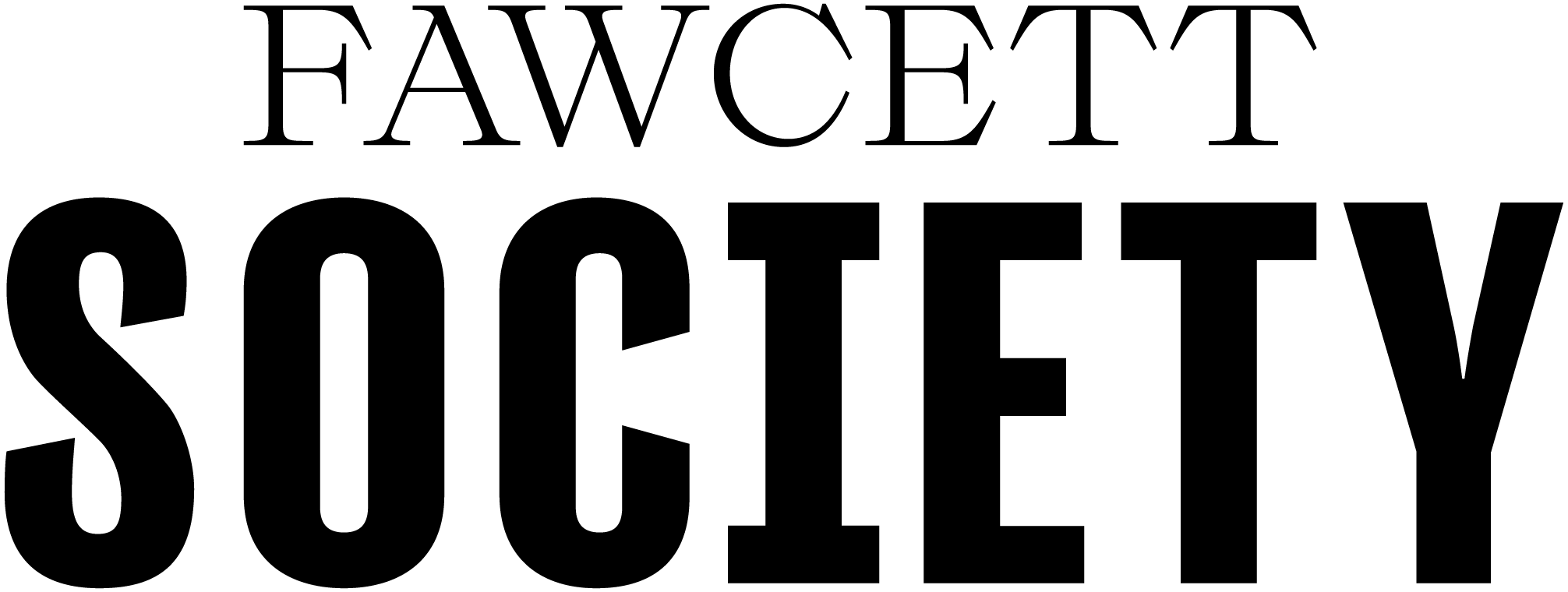A study carried out into “hidden harm” commissioned by the Mayor of London’s Violence Reduction Unit (VRU) found that the rate of violence against parents and carers was highest among children between the ages of 19 and 25, and 81% of the perpetrators were male [3]. The AVA Hear ME report carried out in August 2023, found from a qualitative study that as well as mothers being the most common victims, the abuser is more likely to be the son [4]. This research clearly reveals the gendered nature of such abuse and violent behaviour being carried out at home, and this has important implications for policy making and support provisions.
There are several possible explanations for this. One of which includes sex role stereotyping and the availability of pornography [5]. Technology and social media provides easy access and exposure to provocative images and stereotypical, misogynistic content. This can impact how young boys perceive women, and result in abusive and violent behaviour towards them as this exposure can result in an overdeveloped sense of entitlement, and dominance, making them think they have the right to be abusive to the women in their lives. Other explanations for CPA and APA include adolescent issues, (bullying and peer pressure from school); and parenting (being given too much freedom, parents being absent and parents who lack unity in front of their children) [6]. Again, this could lead to young boys (and girls) into letting out their frustrations in the home and abusing their parents.
Like domestic violence between partners, the issue of CPA and APA is neither new nor culturally specific; historians have dated assaults against parents from as far back as the seventeenth century [7]. However, seeking and receiving support is often much more difficult than one would think for parents who have experienced abuse from their child. The PEGS report looking into the impact of CPA during the school holidays found that over 50% of parents felt isolated, alone, judged, ashamed and guilty for what they had endured from their violent and abusive children [8]. These negative feelings made seeking, and receiving, support extremely difficult. Many did not feel they were able to speak to family or friends due to judgement, or perceived judgement, heightening their own guilt and shame [9].
Parent-blaming is prevalent and is difficult to challenge. Firstly, adolescence is constructed as a time of young people “letting off steam” and “acting out" [10]. This, endorses such behaviour to an extent which should not be the case as perpetrators of abuse or violence need to be held to account. What mothers need, most importantly, is empathy and a better understanding [11]. When seeking professional support mothers often felt that help services were more patronising and dismissive than they were helpful or understanding, for instance some parents were sent on parenting courses which often felt ‘blaming’ [12]. This implicitly suggests that due to their parenting they had caused the abuse and they were the ones who needed to change. It is important to remember that abuse is never the fault of the victim, and making a disclosure should be met with empathy, non-judgement and understanding.
Lack of awareness and understanding results in mixed and often inappropriate, harmful responses [13]. This is why increasing recognition and understanding of CPA and APA as a growing and serious social issue is a mandatory next step. There are several ways in which we can move forward to help those who are facing abuse and violence behaviour from their children:
Research - This is a field that is in its early stages of research, however, this is a crucial first step in seeking to rectify, and prevent, the issue.
Intersectionality - the AVA Hear ME report noted that they only managed to get the experiences of white British women. With further research we may discover that the issue affects people, mothers particularly, from different nationalities, or that CPA mainly affects those from a specific socio-economic background.
Awareness-raising and education - As outlined in the 2023 PEGS report increasing awareness and understanding through education settings, especially through training are mandatory next steps [14].
Creating safe spaces for open non-judgemental discussion - This can be carried out in schools, workplaces and communities through support centres, or arranging informal gatherings where people can come to talk.
Support should be person-centred and victim-led - To spread awareness and to increase sympathetic responses, the victims need to be able to speak and feel heard. It is important that they are given the time and space to speak about CPA and APA so that others who have not experienced this abuse can understand and find effective ways to help the victims.
References
[1] Holt, Amanda. “Adolescent-to-Parent Abuse as a Form of ‘Domestic Violence’: A Conceptual Review.” Trauma, Violence & Abuse, vol. 17, no. 5, 2016, pp. 490
[2] AVA Hear ME Report, Mother’s Experiences, Adult child to parent abuse, https://avaproject.org.uk/wp-content/uploads/2023/08/Hear-Me-Report-1.pdf
[3] Abdul, Geneva, 2022, : At least 40% of child-to-parent violence in UK unreported, study finds, The Guardian Newspaper, 12th April 2022, https://www.theguardian.com/society/2022/apr/12/at-least-40-of-child-to-parent-violence-in-uk-unreported-study-finds (Accessed 4th November 2023)
[4] AVA Hear ME Report
[5] Child to Parent Violence, a Practical guide, South Tynesdie
[6] Child to Parent Violence, a Practical guide
[7] Holt, “Adolescent-to-Parent Abuse as a Form of ‘Domestic Violence’, 493
[8] PEGS Child to Parent Abuse: The impact during the school holidays Report, 2023, https://avaproject.org.uk/wp-content/uploads/2023/08/Hear-Me-Report-1.pdf
[9] AVA Hear ME report, 13.
[10] Holt, “Adolescent-to-Parent Abuse as a Form of ‘Domestic Violence’, 492
[11] AVA Hear ME report, 15.
[12] AVA Hear ME report, 13.
[13] AVA Hear ME Report, 2
[14] PEGS Child to Parent Abuse


